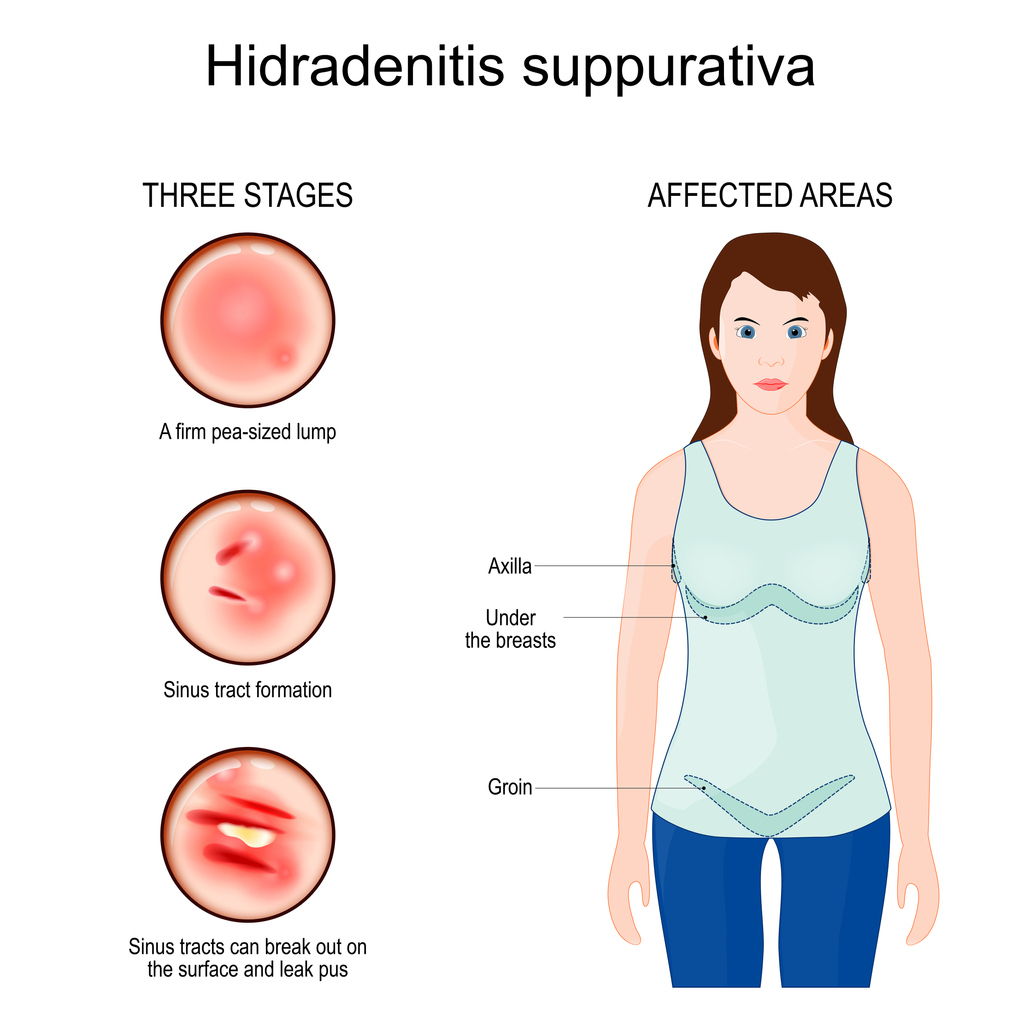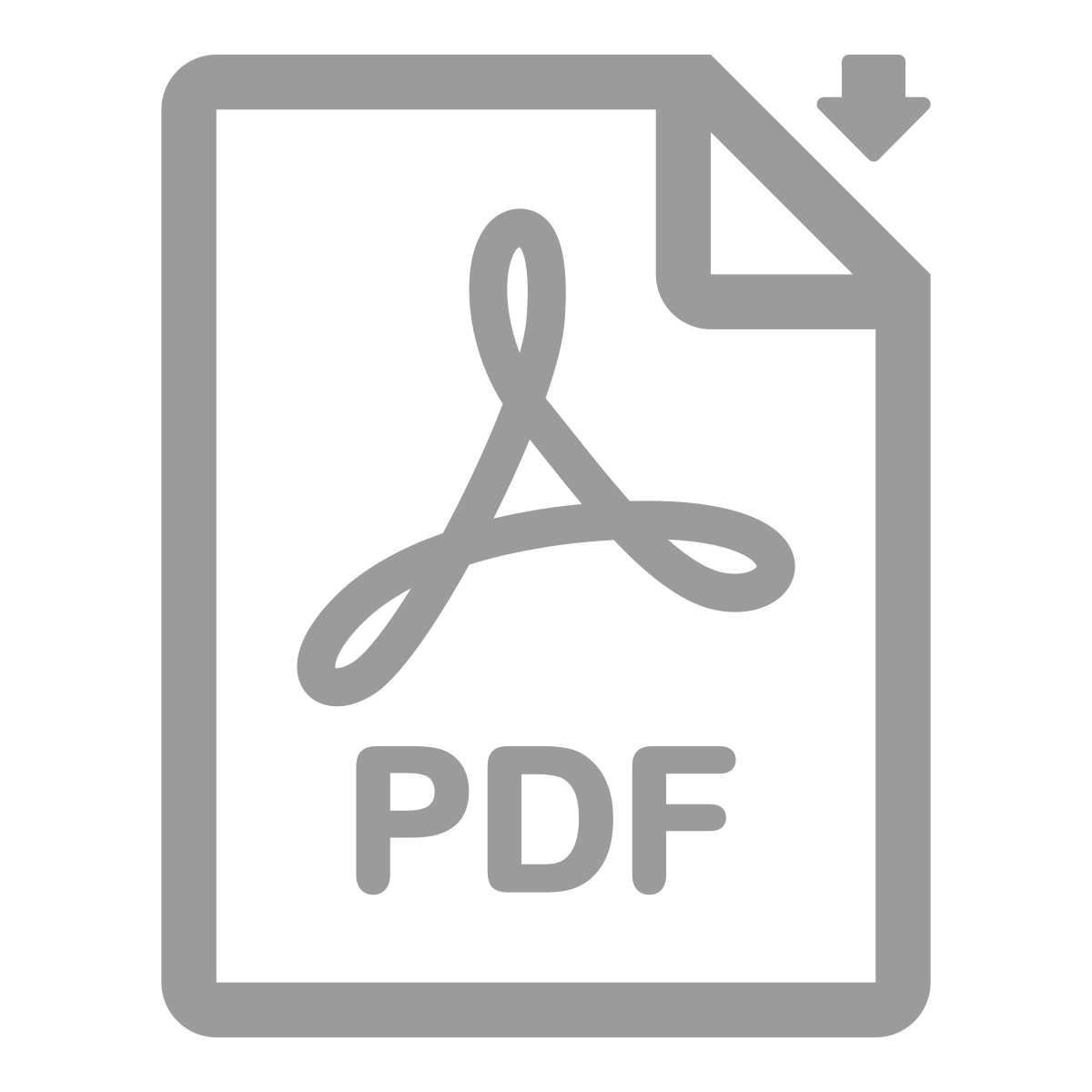Brivekimig produced clinically meaningful improvements in the primary endpoint of Hidradenitis Suppurativa Clinical Response (HiSCR50) in patients naïve to biologics with moderate-to-severe hidradenitis suppurativa (HS), according to new phase 2a data presented at the European Academy of Dermatology and Venereology (EADV) 2025 Congress in Paris, France.
Brivekimig is a dual-target Nanobody molecule inhibiting the tumor necrosis factor (TNF) and OX40-ligand. It is being investigated by Sanofi for potential uses across a range of immune-mediated diseases and inflammatory disorders.
The HS-OBTAIN phase 2a study is a randomized, double-blind, placebo-controlled, proof-of-concept study assessing the efficacy and safety of brivekimig in adults with moderate-to-severe HS. The primary analysis population included biologic-naïve HS patients who were randomized 2:1 to receive brivekimig 150mg or placebo subcutaneously every two weeks.
Observations
The following was observed at 16 weeks:
- HiSCR50, defined as a ≥50% reduction in total abscess and inflammatory nodule count with no increase in abscess or draining fistula count relative to baseline, median response rates were 67% in the brivekimig arm (n=48) vs. 37% (n=23) in the placebo arm (Bayesian primary analysis with estimated difference of 29%; 90% credible interval: 10%–47%; probability of superiority: 99.28%).
- Clinically meaningful improvements were also seen in more stringent secondary efficacy endpoints of HiSCR75 and HiSCR90 for brivekimig vs. placebo.
- 54% of patients treated with brivekimig achieved HiSCR75 versus 22% with placebo.
- HiSCR90 was achieved by 31% of patients treated with brivekimig vs. 9% with placebo.
- The mean percent change from baseline in draining tunnel count was -56.0% for brivekimig vs. +10.9% for placebo.
The most frequent adverse events (occurring in >10% of participants, and more frequent with brivekimig than with placebo) were nasopharyngitis and headache.
“Despite the debilitating impact of HS, treatment options are unfortunately limited,” says Alexa B. Kimball, MD, MPH, a Professor of Dermatology at Harvard Medical School in Boston, MA. “The phase 2a results presented at EADV indicate targeting TNF and OX40L pathways together with brivekimig may offer a promising strategy to reduce underlying inflammation, leading to improvement in HS symptoms.”


